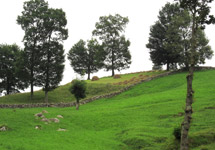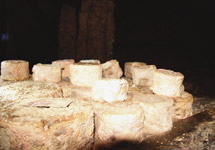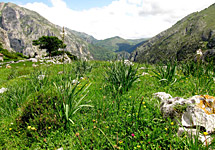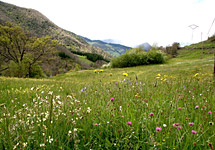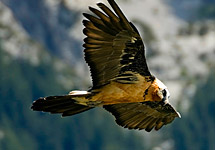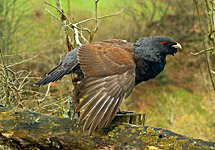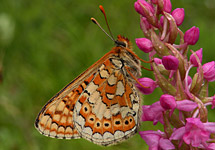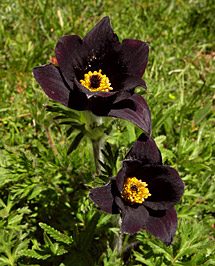HNV Farming & Biodiversity
Liébana (Spain)
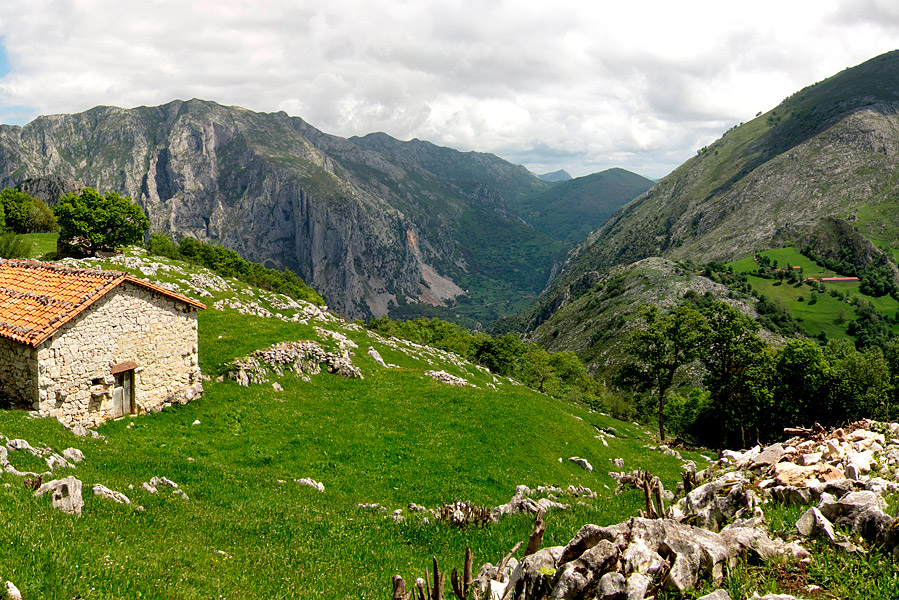
Natura site name: Liébana (Spain)
Natura Code: ES1300001
The Liebana valley, with an important area included in the National Park "Picos de Europa", has one of the most important limestone formations of Atlantic Europe. The climate is predominantly temperate climate, characterized by forests of beech (Fagus sylvatica) and oak (Quercus robur and Q. petraea), but also with noticeable mediterranean introgressions, such as holm oak (Quercus ilex) and cork oak (Quercus suber). Extensive livestock farming is one of the main economic activities modelling this mountain landscape. As a result, large areas of semi-natural grassland of high biodiversity can be found.
However, the hay meadows are threatened by changing agricultural practices like increased use of slurry or changing patterns of grazing in the higher altitude meadows. (Prince et al. 2012).
Text: I. Vázquez & J. Busqué
© Photos: I. Vázquez; T. Farino; M. A. Suárez (SEO); J.C. González (FCQ).


